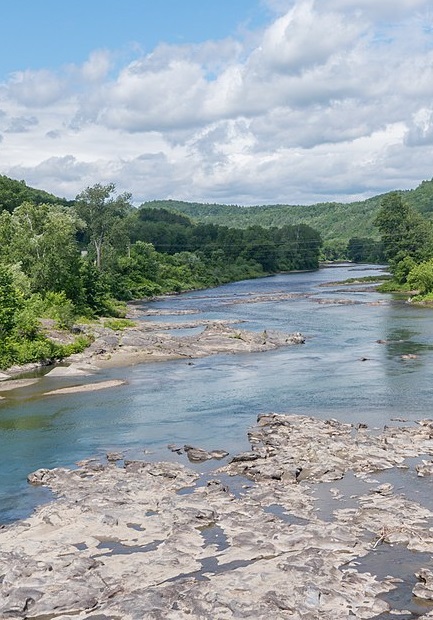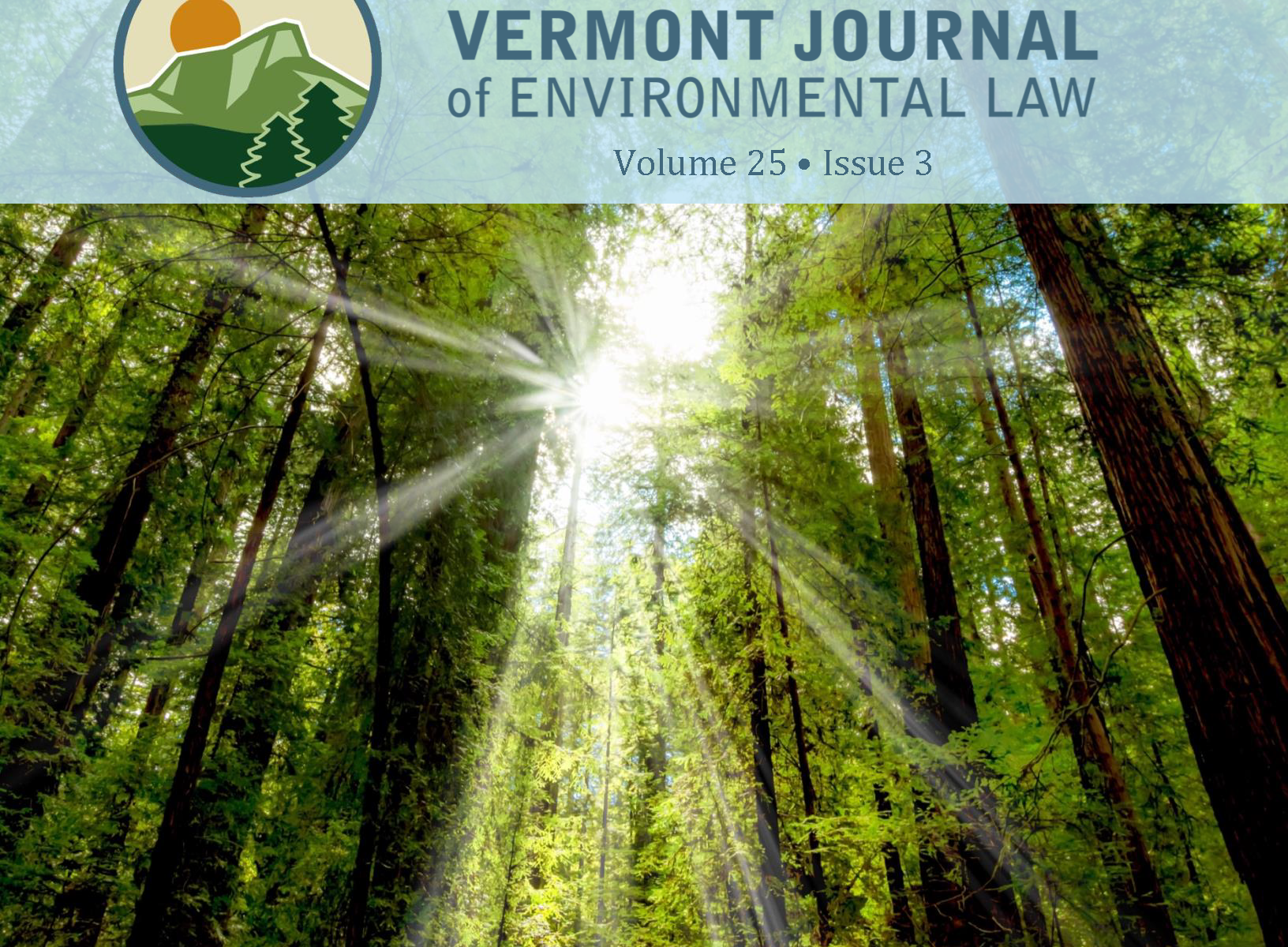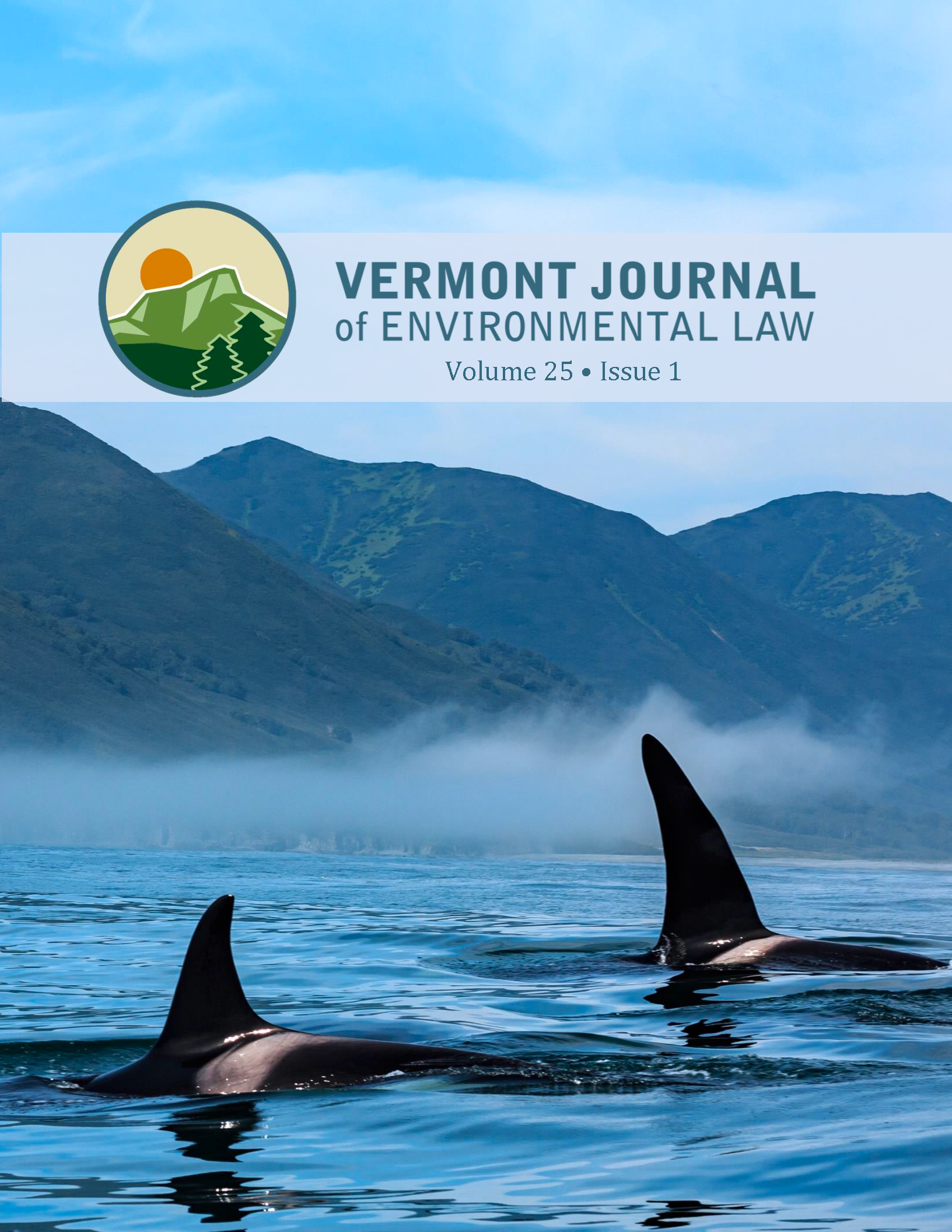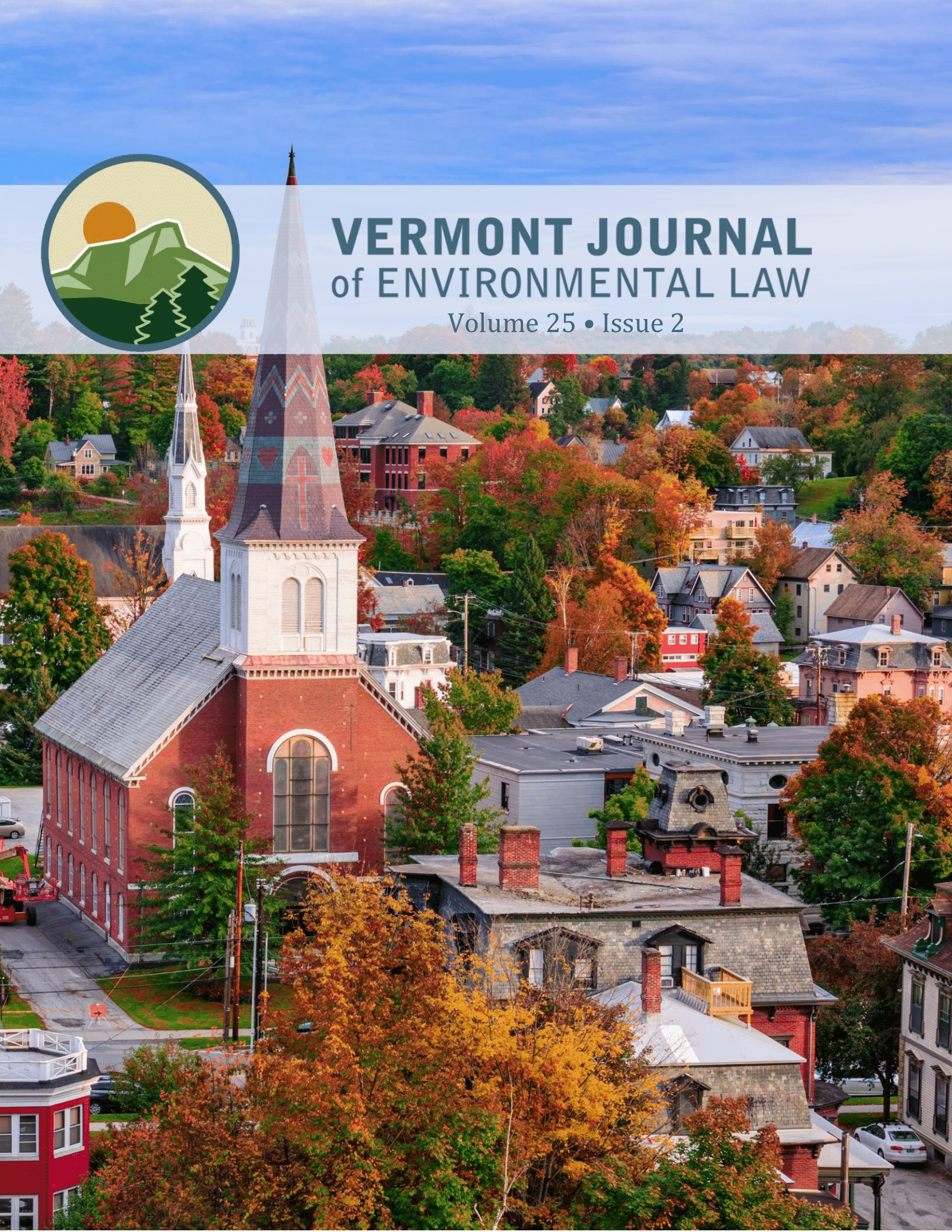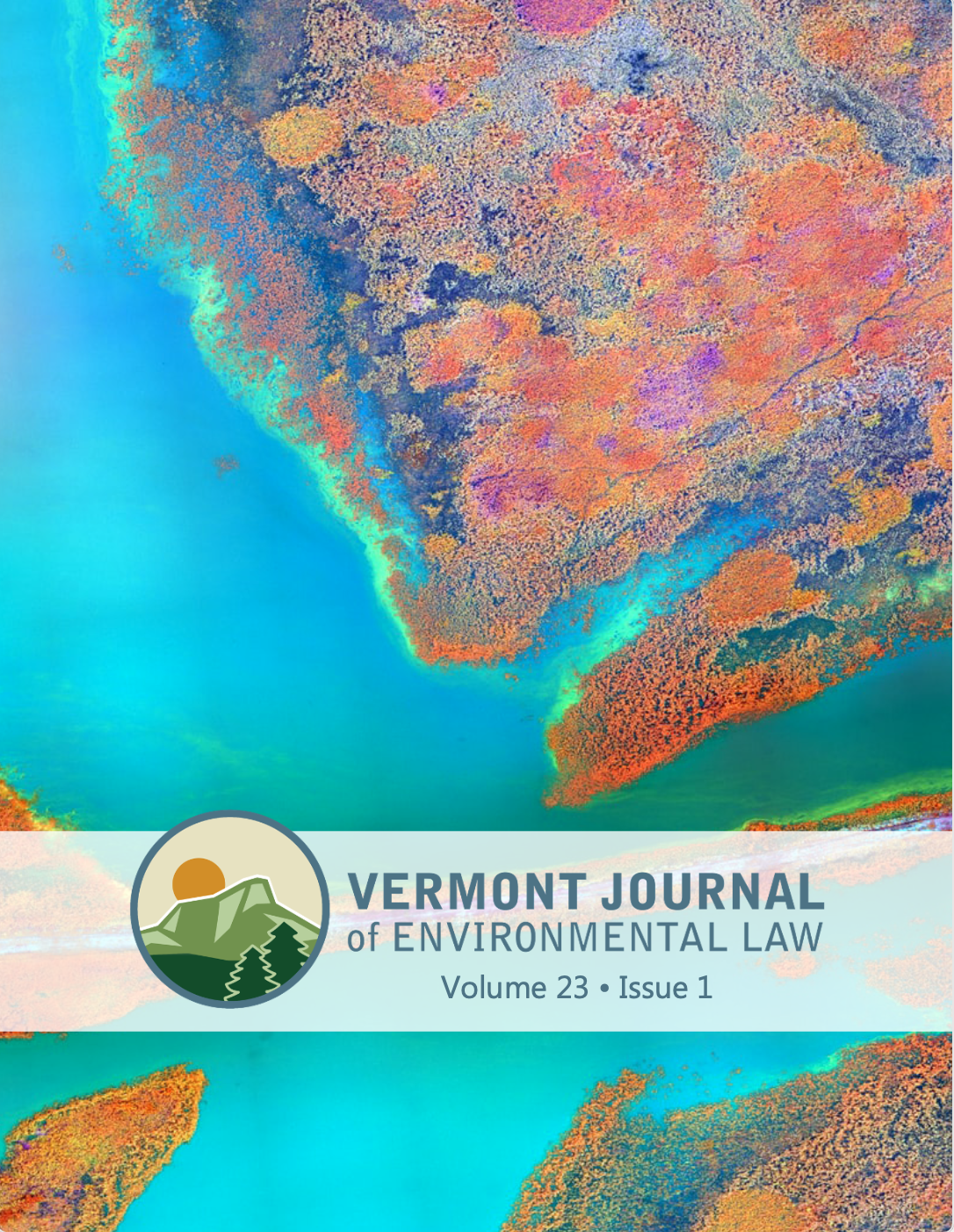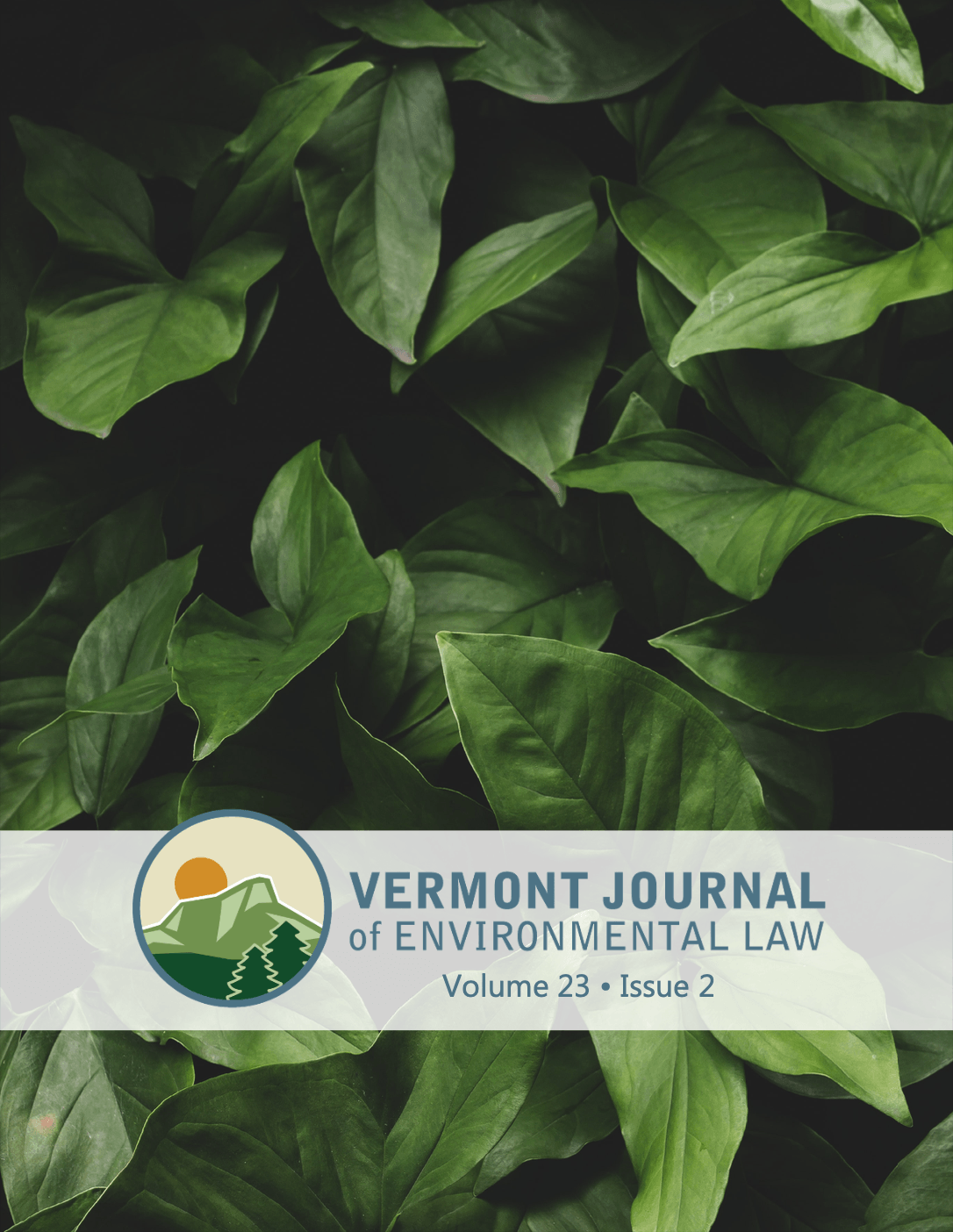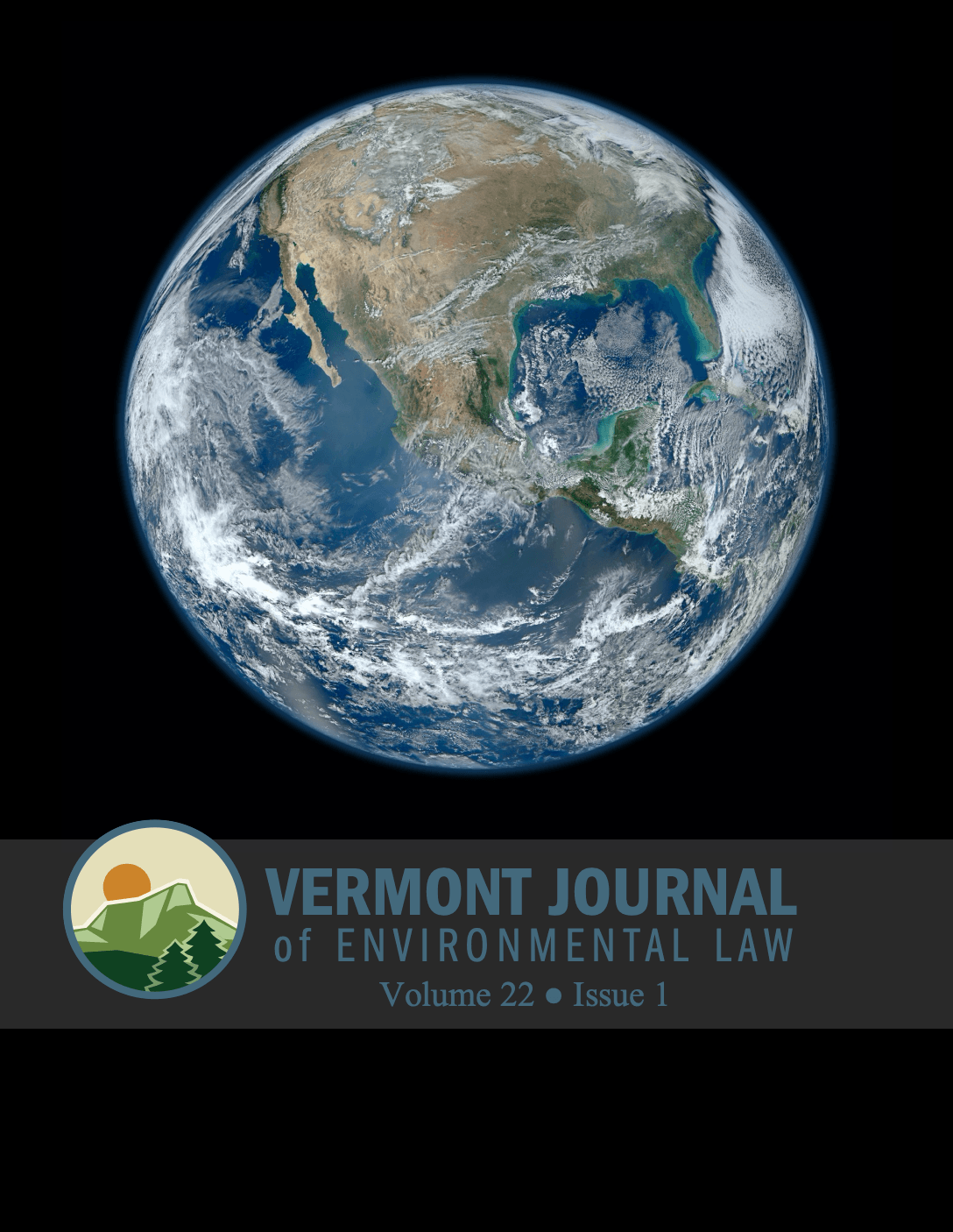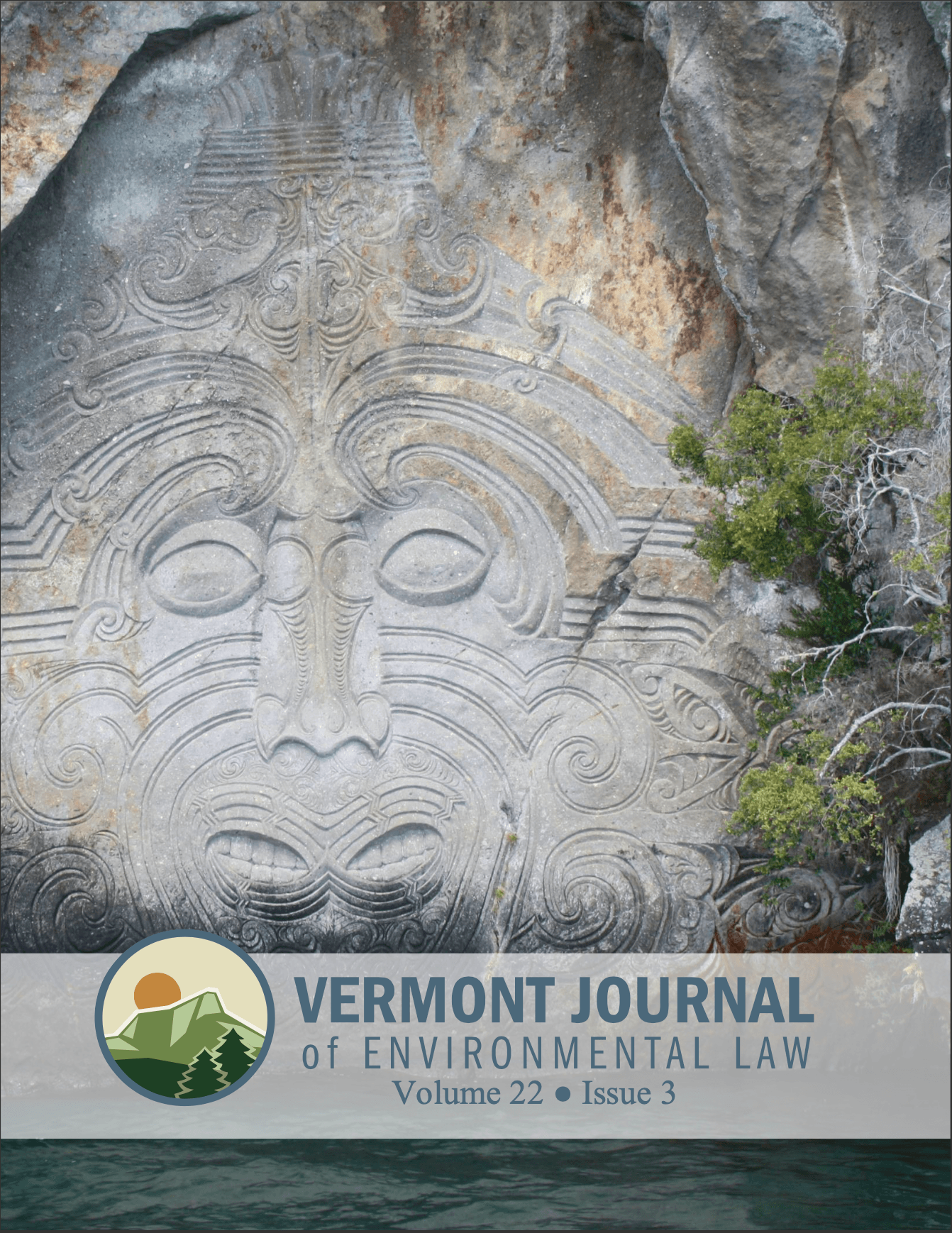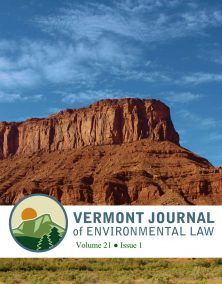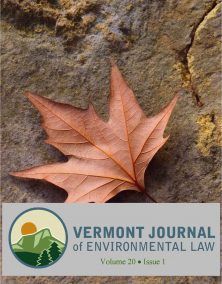
VJEL Newsroom
Announcing VJEL’s 2024 White River Writing Competition Winner
By VJEL
April 15, 2024
The Vermont Journal of Environmental Law (VJEL) is pleased to announce the winner of the 2024 White River Writing Competition. This year’s winner is Dawson Vandervort, with his submission “Using Contingent Valuation to Bridge the Gap.” Dawson’s winning submission will be featured in the upcoming Volume 26 of The Vermont Journal of Environmental Law during the 2024-2025 publication cycle. In addition, Dawson’s bio will be featured on our Writing Competition page until next year’s winner is announced.
The White River Writing Competition, sponsored by VJEL and Vermont Law and Graduate School, is an annual writing competition that seeks law students with a passion for environmental law to illuminate creative solutions to current legal frameworks at the local, state, federal, and international levels. The competition, named after the White River that flows through VJEL’s home in South Royalton, Vermont, embraces the broad view of environmental law, just as the river brings the local community together, flowing through the state of Vermont, until finally connecting to a larger river system progressing through many other states to ultimately reach the Atlantic Ocean. The competition is announced annually in the early spring semester and is available to all students pursuing a Juris Doctorate (JD) or Master of Laws (LLM) degree at an accredited law school within the United States. Winners are awarded a $1000 cash prize and an offer of publication in The Vermont Journal of Environmental Law.
Meet the 2024 Winner: Dawson Vandervort

Dawson Vandervort is a 3L dual JD and Master of Energy Regulation and Law (MERL) candidate at Vermont Law and Graduate School, graduating in May 2024. While Dawson is originally from Vandalia, Ohio, he plans to move to Washington D.C. after graduation to pursue a career with the federal Internal Revenue Service working with tax law. With this career path, he hopes to have a healthy mix of renewable energy, tax, and animal law, and hopes to use his experience and knowledge with the law to lobby Congress to create more animal rights legislation.
Using Contingent Valuation to Bridge the Gap
Dawson’s winning submission, “Using Contingent Valuation to Bridge the Gap” evaluates the differences between how the law treats damages for harm to companion animals versus environmental damages. While environmental statutes allow for the use of contingent valuation (CV) to account for non-use or non-economic values, the common law approach to companion animal damages has generally limited recovery to the animal’s fair market value. It further asserts that this is a flawed approach because companion animals provide significant non-economic value to their families that is not accounted for in fair market valuations. It draws a parallel to how the law treats environmental damages, where statutes have recognized the need to account for non-use values through methods like contingent valuation.
The submission then shifts to highlighting that animal advocates could leverage a more flexible approach used in environmental law to push for reforms in how companion animal damages are calculated. Just as the allied forces under Wellington were able to overcome Napoleon’s forces, this submission analyzes an environmental law approach that could be used to overcome the limitations of the current companion animal damages framework.
Dawson concludes by calling on the law to evolve to better account for the true value of companion animals. Recovery that is limited to their fair market price fails to capture their full worth to their human families.
VJEL would like to thank all the authors for their submissions to the 2024 White River Writing Competition. There were many strong submissions, and VJEL had a difficult decision in deciding a winner. Nonetheless, VJEL is grateful for their contributions to creating rigorous, exemplary, and accessible work to the environmental law field.

